In 2025, one of the most expensive mistakes for any business isn’t a vacant role, it’s filling it with the wrong person.
According to a McKinsey & Company report on workforce performance, organisations that align hiring with business priorities achieve up to 2.4 times higher shareholder returns.
Yet most hiring teams still rely on reactive recruitment, advertising only when a vacancy arises and hoping the right candidate appears in time.
A talent pipeline changes that. It transforms hiring from chance into readiness identifying, engaging and nurturing qualified candidates before the need arises. Research by Gartner found that organisations that maintain active pipelines reduce time-to-fill by over 30 percent and achieve stronger quality-of-hire metrics.
From Reactive Hiring to Predictive Talent Planning
Traditional pipeline building meant storing resumes in a database. But with skills shortages and shifting workforce expectations, modern pipelines are dynamic ecosystems continuously attracting, assessing, and engaging future-fit talent. A Deloitte Human Capital Trends study calls this shift the move from “vacancy filling” to “capability shaping.” It helps organisations stay resilient through transformation and growth.
Key Metrics That Define a Healthy Talent Pipeline
- Pass-Through Rate – Measure the percentage of candidates progressing between pipeline stages to identify engagement gaps.
- Time-to-Hire – Evaluate how quickly candidates move from identification to offer acceptance, indicating readiness.
- Source Effectiveness – Identify which sourcing channels yield the highest quality candidates.
- Quality of Hire – Compare retention and performance of pipeline hires versus ad-hoc hires to assess return on talent.
- Candidate Engagement Score – Monitor responsiveness, event participation, and ongoing communication quality.
- Diversity and Future-Readiness Index – Assess representation, emerging skills, and adaptability of your talent pool.
Why Traditional Pipelines Fail
Static databases and siloed sourcing models fail because they ignore relationship-building. Many HR teams only engage candidates when roles open, losing valuable time and talent.
The result: prolonged vacancies, higher costs, and missed opportunities to align talent strategy with business outcomes.
JobFitts’ Proactive Pipeline Model
At JobFitts Consultants, we help organisations move from reactive to predictive hiring through a model that integrates data, sourcing expertise, and real-time market intelligence.
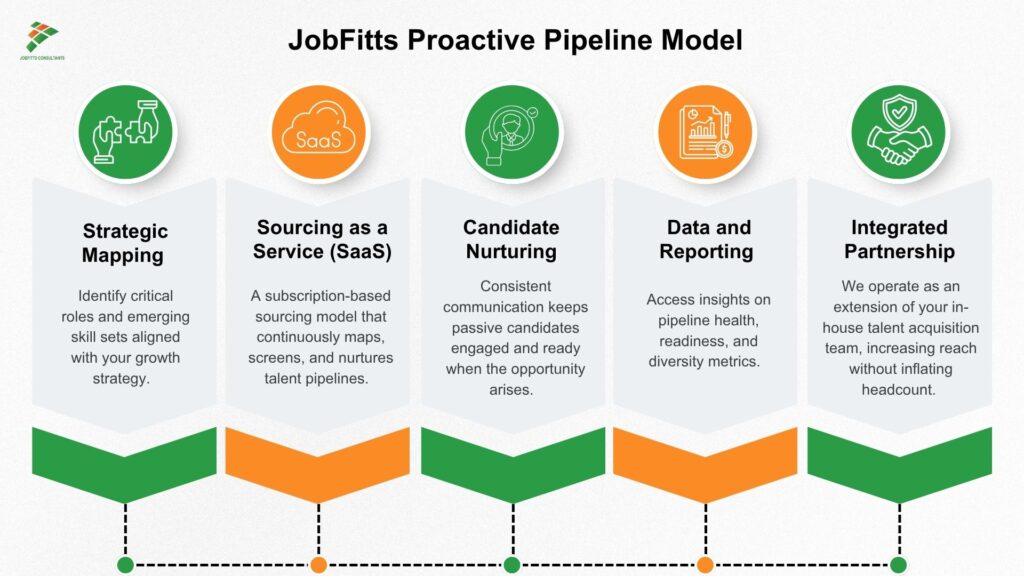
Pipeline readiness equals business readiness. In today’s competitive market, proactive pipelines save time, protect your brand, and secure high-fit candidates faster.

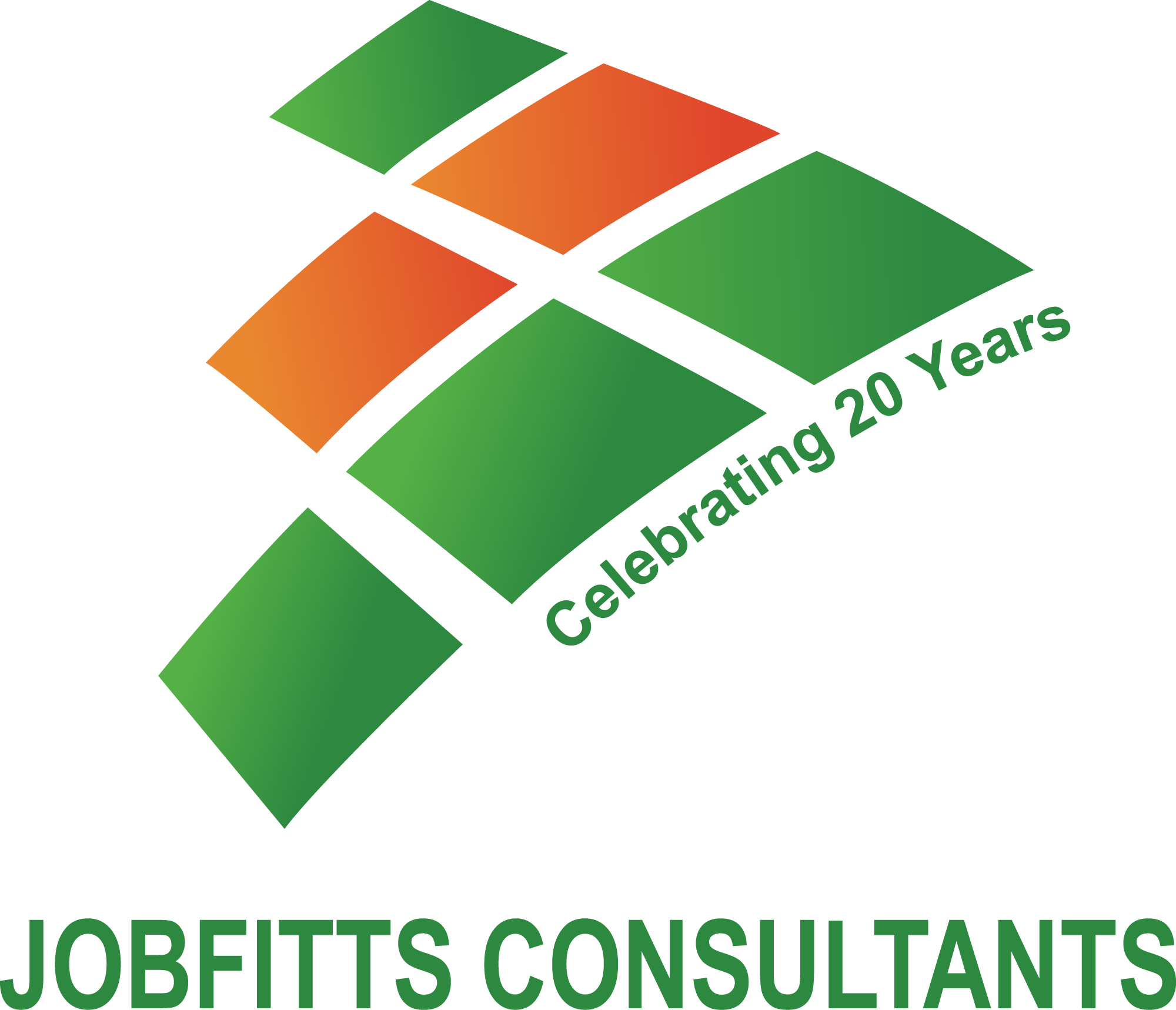
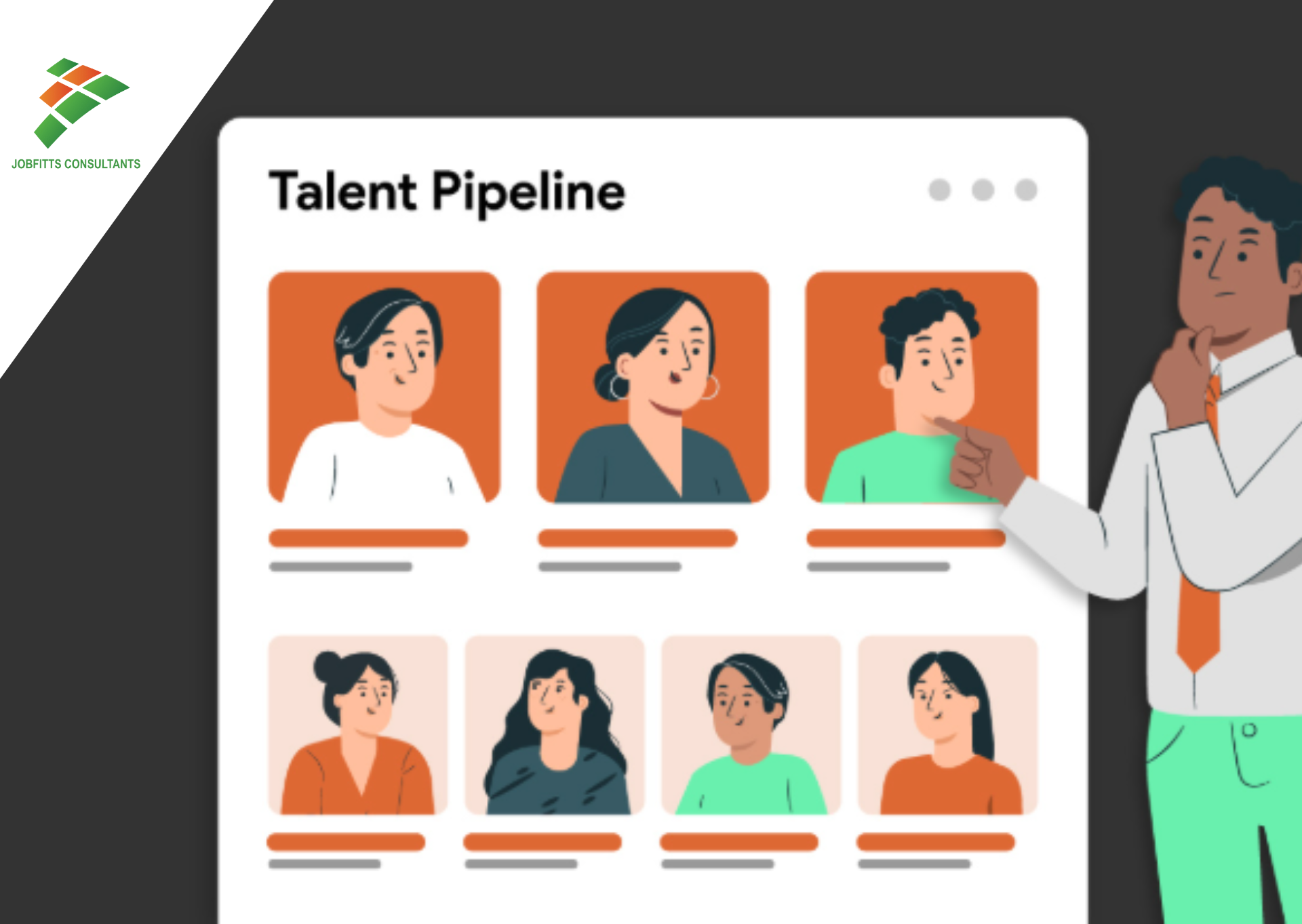




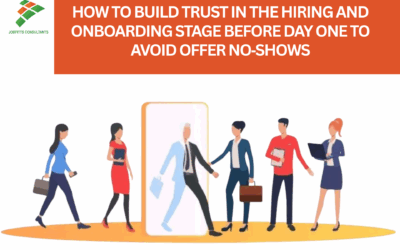

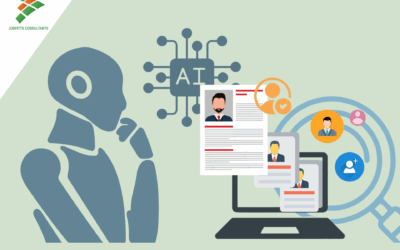
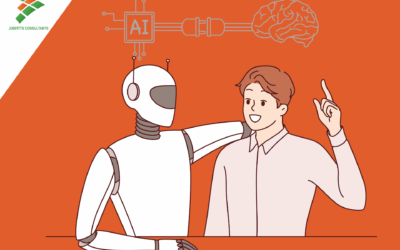
Share This
Share this post with your friends!